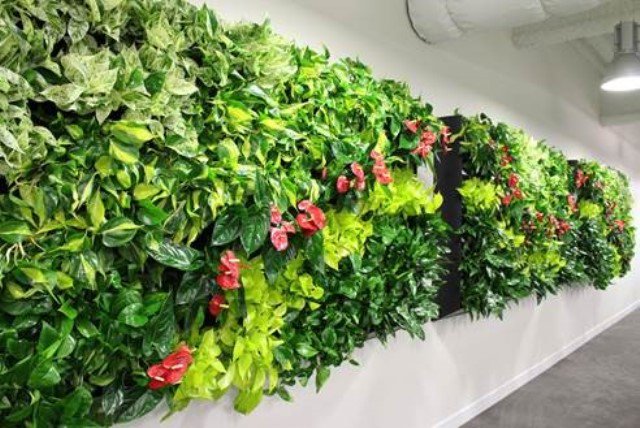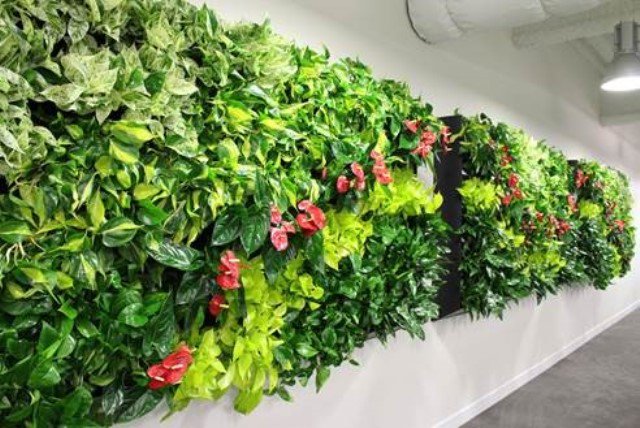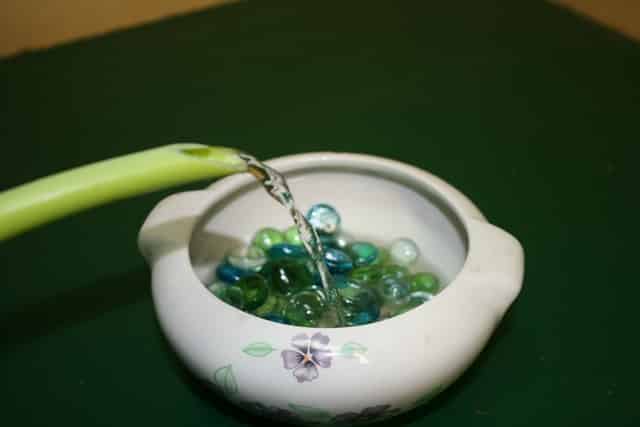
GOING PUBLIC? WHAT YOU SHOULD KNOW ABOUT THE IPO FREEZE
FEBRUARY 04, 2016 For the first time in five years, no companies went public in the U.S. in January. This lack of initial public offerings (IPOs) may be a symptom of the stock market’s volatility in recent months. To engage in a successful IPO, a business counts on a strong demand for its stock, and the market lately seems to have been too unstable to guarantee such a return.
“The stock market has overpriced IPOs unrealistically over the past couple of years, and as a result the market is very cautious right now,” believes Jordan Edwards, president of Mixology Clothing Company. “It’s time for business 101 again—valuations based on profits and long-term forecasting for emerging businesses.”
If this trend toward a limited number of IPOs continues, this could mean potentially less competition and noise on the way in for small businesses that do go public, but once public, your business can change markedly.
“Shareholders own your company, holding it to performance and treating the value and the interest in the company purely on the delivery of business,” Edwards says. This can have business altering consequences.
Benefits of Going Public
An IPO can offer several advantages for the small-business owner—one of the biggest may be the potential to raise large amounts of capital for your company. This can be a boon if you require funding and prefer not to secure loans, and it may also lead to a very big payday for company owners.
Providing there’s a market demand for your stock, as a public company, you can also issue more stock in the future to raise funds. In addition, mergers and acquisitions may be easier to facilitate, because stock can be a part of a deal. Going public may also enable you to create a stock ownership plan that can help attract top talent, and prestige may come with becoming a publicly traded company.
Going Public Is Not for Everyone
Going public may not be for every small business. You would likely have to operate in an industry that’s in the public eye and has a significant amount of public interest, so your stock will sell. Your small business may also require an established record of steadily increasing earnings and sales amounting to an annual growth rate of about 20 percent. Prior to an IPO, it’s mandatory to have several years of audited financials by a major accounting firm, and you’ll need outside directors on your board.
When it comes to going public, it can take money to make money. “Having the opportunity to raise more money in the public markets is a valuable tool in the arsenal of a growing business, but it does not come cheaply,” Edwards says. “Your senior management team better be talented, or you face losing everything you’ve built in the lead up to the offering if your company doesn’t perform.”
In reality, an IPO may be the most expensive way to raise money, because of the upfront investment in specialists like accountants and lawyers. And the expenses may not stop once you go public, thanks to a wide variety of regulations and resulting fees.
Going public can also profoundly alter the personality of your small business. You will no longer be a private firm where financial details are kept behind closed doors. Launching an IPO can create a fishbowl existence. Going public requires that you issue a public prospectus containing financial details, including executive salaries. You can also expect to answer to investors at mandatory meetings.
When an IPO Makes Sense
“The bottom line is that timing is everything when it comes to an IPO. Going out too early usually leads to poor performance that does not meet the public’s expectations,” Edwards says. “This results in your company becoming a publicly held business with your hands tied to quarterly returns and the inability to run the business the way a growing company needs to be operated.”
The ideal time for a small business to go public may be when it has a good use for the funds it will raise from the offering, and its financial house is in order, Edwards believes.
“For your company to thrive after an IPO, beforehand report its financial conditions as if it was a public entity and get internal controls in place with very clear plans for both top and bottom line performance,” he says. “Once you’re ready, an IPO could be just what your small business needs to take your company to the next level.”
The information contained in this article is for generalized informational and educational purposes only and is not designed to substitute for, or replace, a professional opinion about any particular business or situation or judgment about the risks or appropriateness of any financial or business strategy or approach for any specific business or situation. THIS ARTICLE IS NOT A SUBSTITUTE FOR PROFESSIONAL ADVICE. The views and opinions expressed in authored articles on OPEN Forum represent the opinion of their author and do not necessarily represent the views, opinions and/or judgments of American Express Company or any of its affiliates, subsidiaries or divisions (including, without limitation, American Express OPEN). American Express makes no representation as to, and is not responsible for, the accuracy, timeliness, completeness or reliability of any opinion, advice or statement made in this article.
Read more articles about financial analysis.


 (Plantscapers Inc. )
(Plantscapers Inc. ) (Plantscapers Inc. )
(Plantscapers Inc. ) (Plantscapers Inc. )
(Plantscapers Inc. )

 Arrowhead Plant
Arrowhead Plant  Peace Lily
Peace Lily  Pothos
Pothos  Sansevieria
Sansevieria 

 Hoya
Hoya  Purple Passion Plant
Purple Passion Plant  Alternanthera
Alternanthera 


 (Native Cast)
(Native Cast) (Longfield Gardens)
(Longfield Gardens) Jeff Price Solar-Powered Garden Light
Jeff Price Solar-Powered Garden Light  Jeff Price Solar-Powered Garden Lights
Jeff Price Solar-Powered Garden Lights 

 Cyclamen
Cyclamen 



 Veteran seed expert Renee Shepherd, who founded Renee’s Garden in 1998 and prior to that in 1985 started Shepherd’s Garden Seeds, spends a minimum of two years trialing plants before introducing them to her customers. The process, which starts with identifying varieties of interest and then growing them and trying them out, ensures that the seeds she carries produce the best possible results.
Veteran seed expert Renee Shepherd, who founded Renee’s Garden in 1998 and prior to that in 1985 started Shepherd’s Garden Seeds, spends a minimum of two years trialing plants before introducing them to her customers. The process, which starts with identifying varieties of interest and then growing them and trying them out, ensures that the seeds she carries produce the best possible results. “We also look at what’s trending in the food world,” says Shepherd, author of three cookbooks books, including her latest,
“We also look at what’s trending in the food world,” says Shepherd, author of three cookbooks books, including her latest, 



 Humidity tray
Humidity tray 









